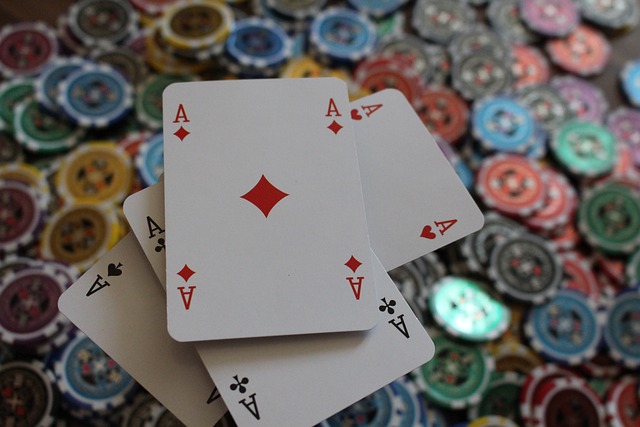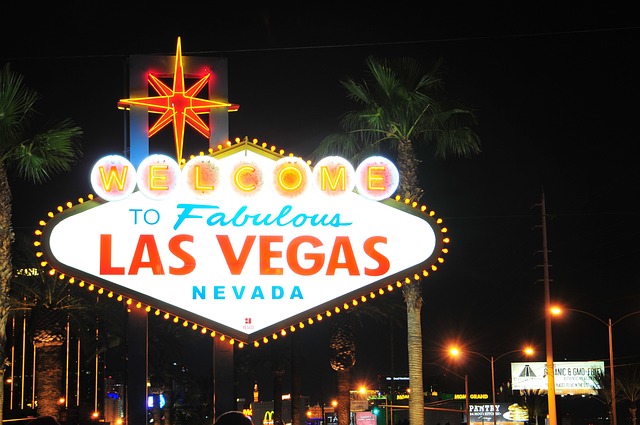Historical and Cultural Heritage
The design of a National Casino frequently draws upon a country’s historical and cultural heritage. For example, in countries with a rich architectural tradition, like Italy or France, national casinos might incorporate classical elements such as grand arches, ornate facades, and opulent interiors that echo the splendor of historical palaces and theatres. The use of local materials and traditional craftsmanship can also be a prominent feature, blending the past with the present in a harmonious way.
In contrast, in countries with a more contemporary or eclectic architectural scene, the national casino might showcase cutting-edge design techniques and innovative materials, while still nodding to traditional influences. This can create a visually striking building that reflects both modernity and a respect for historical roots.
Symbolism and National Identity

National casinos are often designed to symbolize national identity and cultural pride. They might incorporate national symbols or motifs, such as national flags, historical figures, or iconic landmarks. This not only creates a strong sense of place but also communicates the casino’s role as a representative of the country’s culture and values.
For example, the Marina Bay Sands in Singapore is not just a casino but a symbol of the country’s rapid modernization and ambition. Its futuristic design and integrated resort concept are a testament to Singapore’s status as a global city. Similarly, the Casino de Monte-Carlo in Monaco exudes luxury and sophistication, reflecting the tiny principality’s image as a playground for the wealthy.
Architectural Features and Aesthetic Appeal
When it comes to what people love to see in a national casino, a blend of opulence, grandeur, and unique architectural features tends to be highly appealing. Many visitors are drawn to casinos that showcase intricate designs and luxurious interiors. Features such as grand lobbies, elaborate chandeliers, and expansive gaming floors create an atmosphere of extravagance and excitement.
In addition, casinos often include elements that cater to a variety of interests and tastes. High-end dining establishments, world-class entertainment venues, and luxurious spa facilities are common features that enhance the overall experience. Architectural details like sweeping staircases, vaulted ceilings, and extensive use of marble or gold accents contribute to a sense of grandeur that many patrons find captivating.
Integration with Surroundings

A well-designed national casino often integrates seamlessly with its surroundings, reflecting the local architectural style while standing out as a landmark. In some cases, this means designing a building that complements existing historical structures, while in others, it may involve creating a striking contrast with the surrounding environment.
For example, the Bellagio in Las Vegas is renowned for its lavish design and the iconic Fountains of Bellagio, which enhance its appeal as both a visual and experiential landmark. The casino’s architecture, with its Italian Renaissance influences and opulent interiors, aligns with the broader theme of luxury and entertainment that defines the Las Vegas Strip.
Public and Cultural Impact
National casinos also play a role in shaping the cultural landscape of a country. They often become important social hubs, hosting events and activities that attract both locals and tourists. As such, their design must not only be visually appealing but also functional, accommodating large numbers of visitors while providing a range of amenities and services.
Moreover, these casinos can have a significant impact on local economies and communities, generating employment opportunities and contributing to tourism. As such, the architecture of a national casino often reflects a balance between grandeur and practicality, aiming to provide a memorable experience while also serving as a vital part of the country’s economic and social fabric.


